All Hail Mimas: Our ‘Death Star’ Moon
MessageToEagle.com – It’s not in a galaxy far, far away or even another star system — this alien world is right in our planetary backyard, a mere 900 million miles away in orbit around Saturn.
It’s called Mimas, and although it undeniably is a moon it does bear an uncanny resemblance to a certain well-known sci-fi space station.
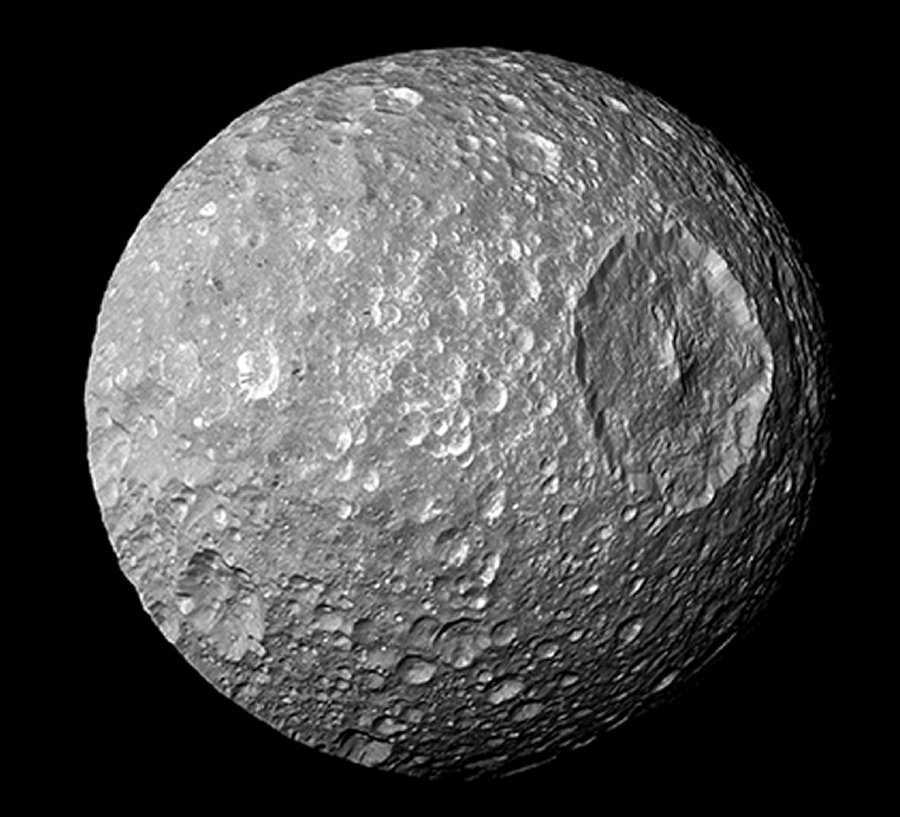
Credit: NASA/JPL/SSI
The image above was captured by NASA’s Cassini spacecraft on Feb. 13, 2010, and shows the hallmark of Mimas’ expert Star Wars cosplay: the (relatively) enormous Herschel crater on its northern hemisphere. Spanning 88 miles (140 km), Herschel is a full one-third the diameter of the 246-mile (396-km) wide moon, and with a prominent central peak it’s nearly a spot-on match for the Death Star’s infamous planet-killing superlaser cannon.
(Unlike the aforementioned, no Bothans were harmed in the obtaining of this data.)
In comparison if Earth were to have a crater of a relative size to Mimas’ monster Herschel, it would be 2,500 miles across — about the distance from New York City to Los Angeles!
Mimas is composed mostly of water ice and a small bit of rock. At its low surface temperature of -350 degrees Fahrenheit (-208 degrees Celsius) water is as hard as rock is here on Earth. Like its bigger sister moons Rhea and Dione, Mimas is covered with impact scars — it is literally one of the most heavily-cratered worlds in the solar system.
Unlike the similarly-sized Enceladus, though, Mimas lacks any current evidence of a subsurface ocean. Somehow its water has remained solidly frozen for a very long time despite being closer to to Saturn and having an even more eccentric orbit than Enceladus.
Scientists are still trying to determine why this is the case.
Discovered in 1789 by German astronomer William Herschel, Mimas orbits Saturn at an average distance of 115,277 miles (185,520 km) — about half the distance that our moon is from us.
And if you simply must have the comparison, the very real Mimas is — according to the resource site Wookieepedia — about 100 miles (160 km) wider than the fictional Death Star(s) of the Star Wars universe.
It may lack laser turrets or a planet-destroying cannon but it’s also well without any poorly-placed thermal exhaust shafts and, long after the destruction of the Galactic Empire, Mimas is still around.
Source: NASA/JPL
MessageToEagle.com via Discovery News
This article was originally published on Discovery News – a site dedicated to satisfying your curiosity and to bringing you mind-bending stories and perspectives you won’t find anywhere else.
Related Posts
-
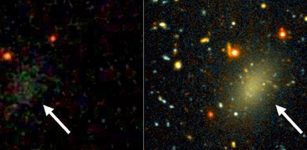 Mysterious Dragonfly 44 Galaxy Has Almost No Stars And Dark Matter Is Lurking Behind Its Existence
No Comments | Aug 30, 2019
Mysterious Dragonfly 44 Galaxy Has Almost No Stars And Dark Matter Is Lurking Behind Its Existence
No Comments | Aug 30, 2019 -
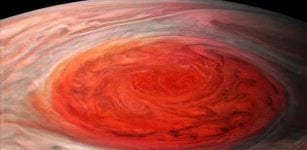 Jupiter’s Great Red Spot Shrinks and Grows
No Comments | Mar 17, 2018
Jupiter’s Great Red Spot Shrinks and Grows
No Comments | Mar 17, 2018 -
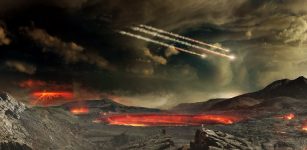 Meteorite Bombardment On Ancient Earth May Have Brought Major Building Blocks Of Life
No Comments | Nov 20, 2019
Meteorite Bombardment On Ancient Earth May Have Brought Major Building Blocks Of Life
No Comments | Nov 20, 2019 -
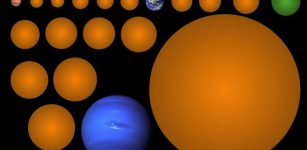 Astronomy Student Discovers 17 New Planets Including Earth-Sized World
No Comments | Feb 28, 2020
Astronomy Student Discovers 17 New Planets Including Earth-Sized World
No Comments | Feb 28, 2020 -
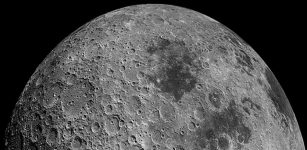 What Lies Beneath The Far Side Of The Moon?
No Comments | Aug 10, 2021
What Lies Beneath The Far Side Of The Moon?
No Comments | Aug 10, 2021 -
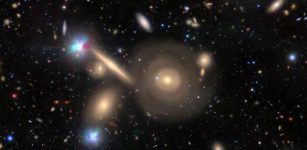 Rare Triple Ring Galaxy – Image By Subaru Telescope
No Comments | Nov 11, 2024
Rare Triple Ring Galaxy – Image By Subaru Telescope
No Comments | Nov 11, 2024 -
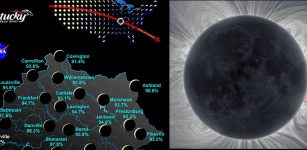 Photographing Of Total Solar Eclipse on Aug. 21 – Five Tips From NASA
No Comments | Aug 11, 2017
Photographing Of Total Solar Eclipse on Aug. 21 – Five Tips From NASA
No Comments | Aug 11, 2017 -
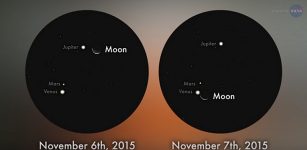 Beautiful Rare Close Encounter Of Venus, Jupiter And Mars: Last Time Until 2021
No Comments | Oct 27, 2015
Beautiful Rare Close Encounter Of Venus, Jupiter And Mars: Last Time Until 2021
No Comments | Oct 27, 2015 -
 Early Solar System Dynamics Revealed In Magnetic Patterns Hidden In Meteorites
No Comments | Aug 11, 2021
Early Solar System Dynamics Revealed In Magnetic Patterns Hidden In Meteorites
No Comments | Aug 11, 2021 -
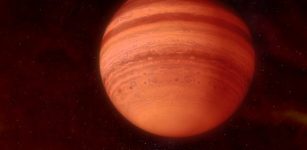 WASP-33b: Aluminium Oxide Found In An Ultra Hot Jupiter
No Comments | Nov 12, 2018
WASP-33b: Aluminium Oxide Found In An Ultra Hot Jupiter
No Comments | Nov 12, 2018
